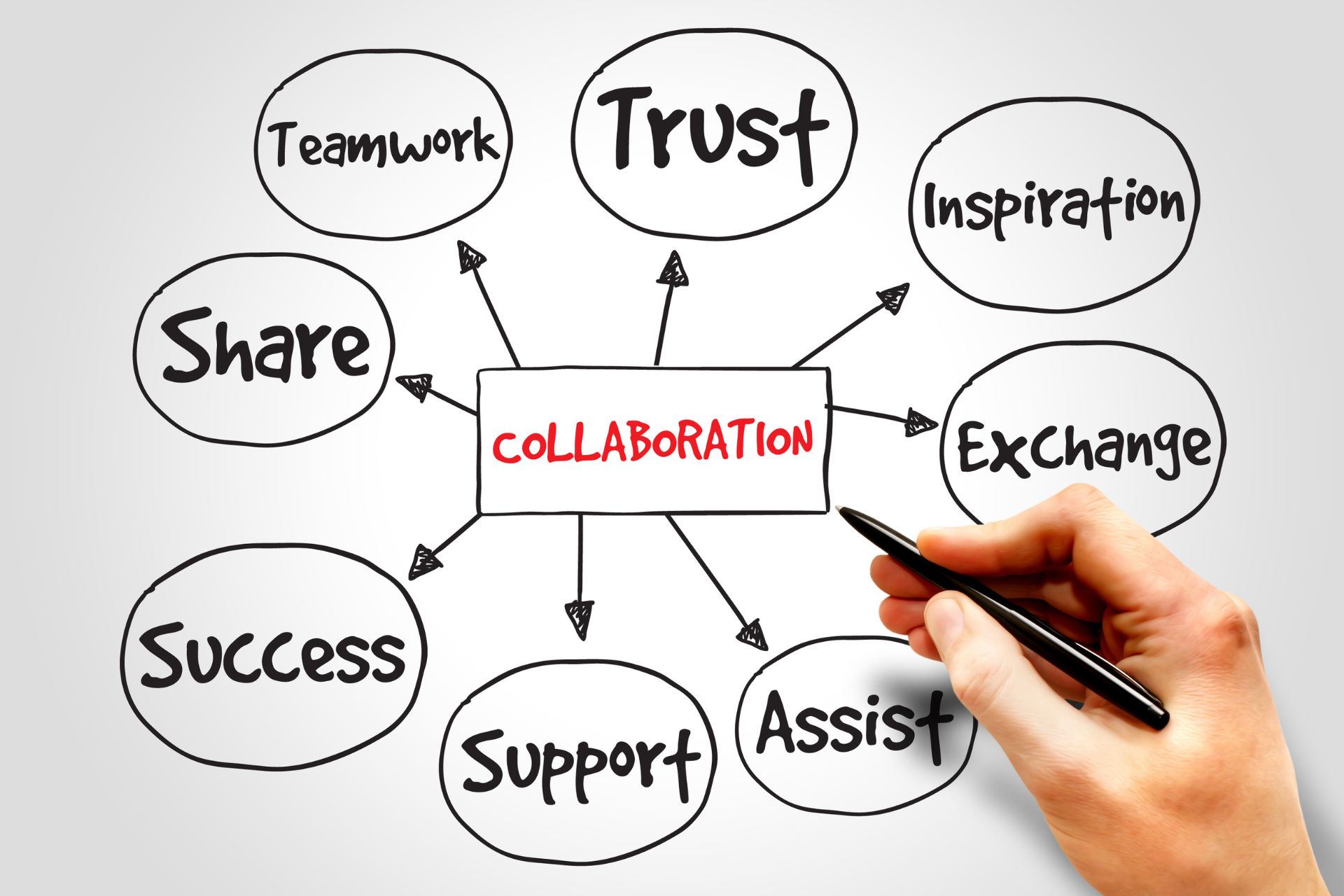One of Strategic Grants’ golden rules for grant applications is ‘collaborate, don’t replicate.’
We know that organisations who collaborate on projects with service providers or other for-purpose organisations, rather than replicate their offering, are looked upon favourably by funders.
The sector has been forced to adapt to rapidly changing circumstances in recent years, making collaboration and innovation more important than ever. Read on for examples of both funders and nonprofits coming together for the greater good, and advice on where to get started when it comes to forming a collaboration.
Funders coming together to support collaboration
Recently, the Lord Mayor’s Charitable Foundation, along with the Sidney Myer Fund, Gandel Foundation, The Ian Potter Foundation and Vincent Fairfax Family Foundation, sought to fund innovative projects where organisations were required to collaborate with other organisations to unlock employment opportunities in Victoria and Queensland.
This Post-Covid Collaborative Funding Round aimed to support the for-purpose sector through the pandemic, particularly the arts and social sectors, by nurturing innovation and supporting collaboration. In addition to significant multi-year funding totalling $2 million for the successful three organisations, a grant of $15,000 was provided to each of the six shortlisted organisations to support them in planning and deepening their collaborative approaches. Read more about the recipients and their collaborative projects here.
We are also seeing Australian government grants encouraging partnerships and collaboration between research institutions and universities with organisations that implement policy and deliver services based on the outcomes of the research.
The Australian Government’s Department of Industry, Science, Energy and Resources Medical Research Future Fund guidelines state that “Partnerships are also encouraged to ensure the proposed research is of relevance to consumers and delivery of services, and to support the translation of research outcomes into practice.”
Other types of collaboration seen in recent times encourage metropolitan-based organisations to work alongside regional and rural organisations to deliver projects to those who are isolated and may have limited program access.
Collaboration inspiration
Cancer support organisations Canteen, Camp Quality and RedKite recently announced their decision to collaborate, making it easier for families impacted by cancer to get the practical and emotional support they need.
Together, they are delivering the Cancer Hub, where families only need to make one phone call to access the varied practical and emotional support services they might need. The driving force behind Cancer Hub is their shared vision that all Australian families impacted by cancer should get the right support quickly and easily – and as close to home as possible. This initiative received $3.3 million in Federal Government funding. Read more here.
Tips from the sector
In a recent Philanthropy Australia webinar, Siobhan Bryson, CEO, of Weave Youth and Community Services, shared the organisation’s response to COVID-19, which included collaboration.
The key things that worked for them to achieve successful collaboration are:
- A clear, shared purpose between the collaborating organisations
- The need for clear ground rules and expectations
- Aligned values
- Developing trusted relationships
- Equal power and mutual respect
- Respecting each other’s areas of expertise
- Managing expectations
- Being collegiate – looking out for each other
Despite the challenges Weave Youth and Community Services faced throughout the pandemic, Siobhan highlighted that their quick response, innovative approach, support from their existing partners and funders, and the fact that they collaborated more than ever, set them up for success.
So, how do you identify who to collaborate with?
If you are a research or academic institution, are there others working in the same area as you? Can they support you with an application for funding if you are collaborating on a project that will show an impact?
And if you want to collaborate with another like-minded nonprofit, start looking at this now, so when an opportunity arises for funding tied to a collaboration, you have done the groundwork and have the relationships in place.
To collaborate or not?
So, when posed with the question to collaborate or not, our answer is yes – ensuring that you have strong relationships with your collaborator in place, that you have a shared purpose and are committed to outcomes.
Strategic Grants builds the capacity of for-purpose organisations to apply strategic thinking to their service delivery and fundraising programs. Reach out if you need support!
